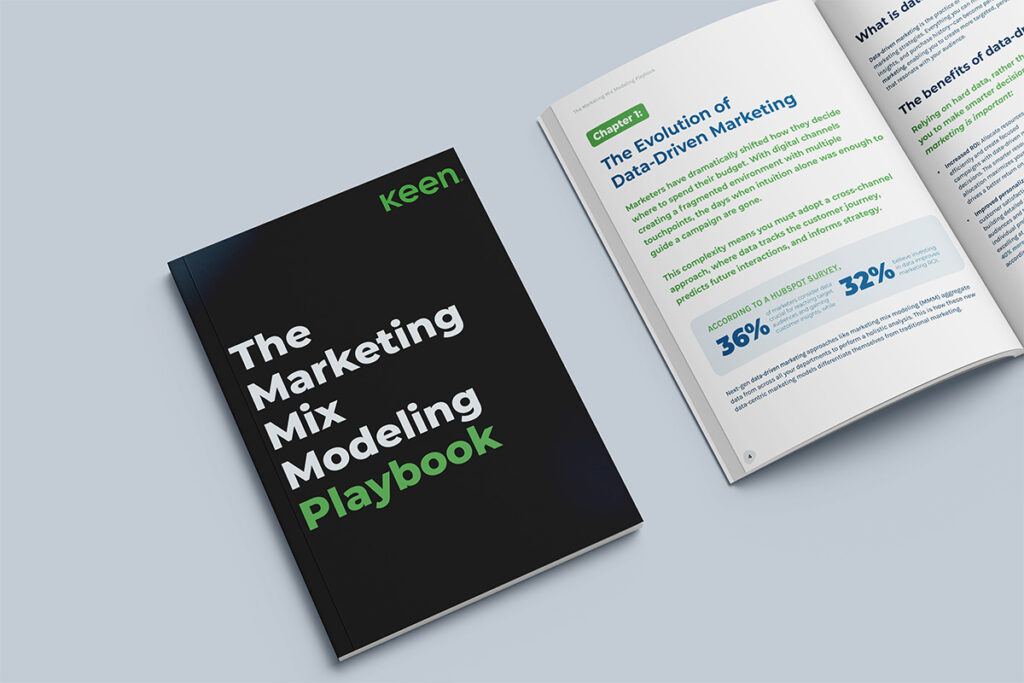What’s Really Behind P&G’s Call to end Upfronts
Procter & Gamble’s Chief Brand Officer Marc Pritchard made headlines across the ad world last fall when he spoke out against the age-old practice of upfronts, an annualized, discounted approach to bundling TV buys in which brands contract to buy an ad spot at a fixed timing and price up to 12 months in advance. Pritchard announced P&G would not return to this antiquated practice, even after the pandemic.
Marketers Value Predictability in Outcomes not Cost
When traditional cable TV was the primary broadcast channel marketers relied on annual marketing mix analyses to inform their annualized commitments to TV, with little or no data about the projected profitability of those investments.
Pritchard smartly pointed out that the upfront gives agencies and networks the information edge on marketers, leading to TV-rate inflation, even as streaming services have drained their viewers.
While a brand might garner a 20 percent discount for buying upfront, they are locked in, with no flexibility on the timing or nature of their campaign.
Here’s why marketing leaders like Pritchard think the savings are no longer worth the trade-off in flexibility: If marketers avoid advance purchase commitment on a spot, even at a higher price point, the brand has the opportunity to drive stronger results at a lower overall investment by pinpointing the optimal times and spots.
Lower investment. Higher impact. Greater agility to act opportunistically.
Technology Supports Transparency and Agility in Marketing Decisions
Martech’s emerging AI and machine-learning technologies are increasing transparency around TV and other marketing investments, enabling marketers to focus on driving better results, not just better pricing. Technology also supports shorter timeframes and creates greater transparency around when and where to invest in the future to drive growth. Why lock in to save 20 percent when you can continuously optimize and improve performance by 30 percent?
Keen’s ability to accurately model the impact of future decisions equips marketers with the forward-looking insights to be more bold and agile in making buying decisions (and disrupting traditional paradigms) and intelligently find and exploit opportunities like these.
One client, for example, validated via Keen’s platform that its ROIs were highest when GRPs were lowest, leading it to adopt a leaner, more surgical approach to TV investment. Getting support for such an unconventional strategy would be challenging without the support of Keen’s data-driven scenarios to help make the case by successfully quantifying the interactive and “surround-sound” effect of all its marketing investments.
Another Keen brand was seeing high returns on TV, and so its team ran scenarios on Keen’s platform that verified significant opportunity was available to profitably increase investment. The brand boldly poured $2 million into TV over just a five-week period and delivered $9 million in incremental revenue, sending the brand up 30 percent year-over-year.
How marketers make decisions must keep pace with how the markets themselves are evolving. The upfront made sense when there were three networks, annual marketing mix analyses and a much more unified TV landscape than the highly fragmented one we have today.
Today, technology is key to equipping marketers to make increasingly complex decisions around a fragmented marketing mix that spans digital, traditional and store-level programming–one that requires the agility to pivot in response to market changes and to capitalize on new opportunities. Learn more at KeenDS.com.





